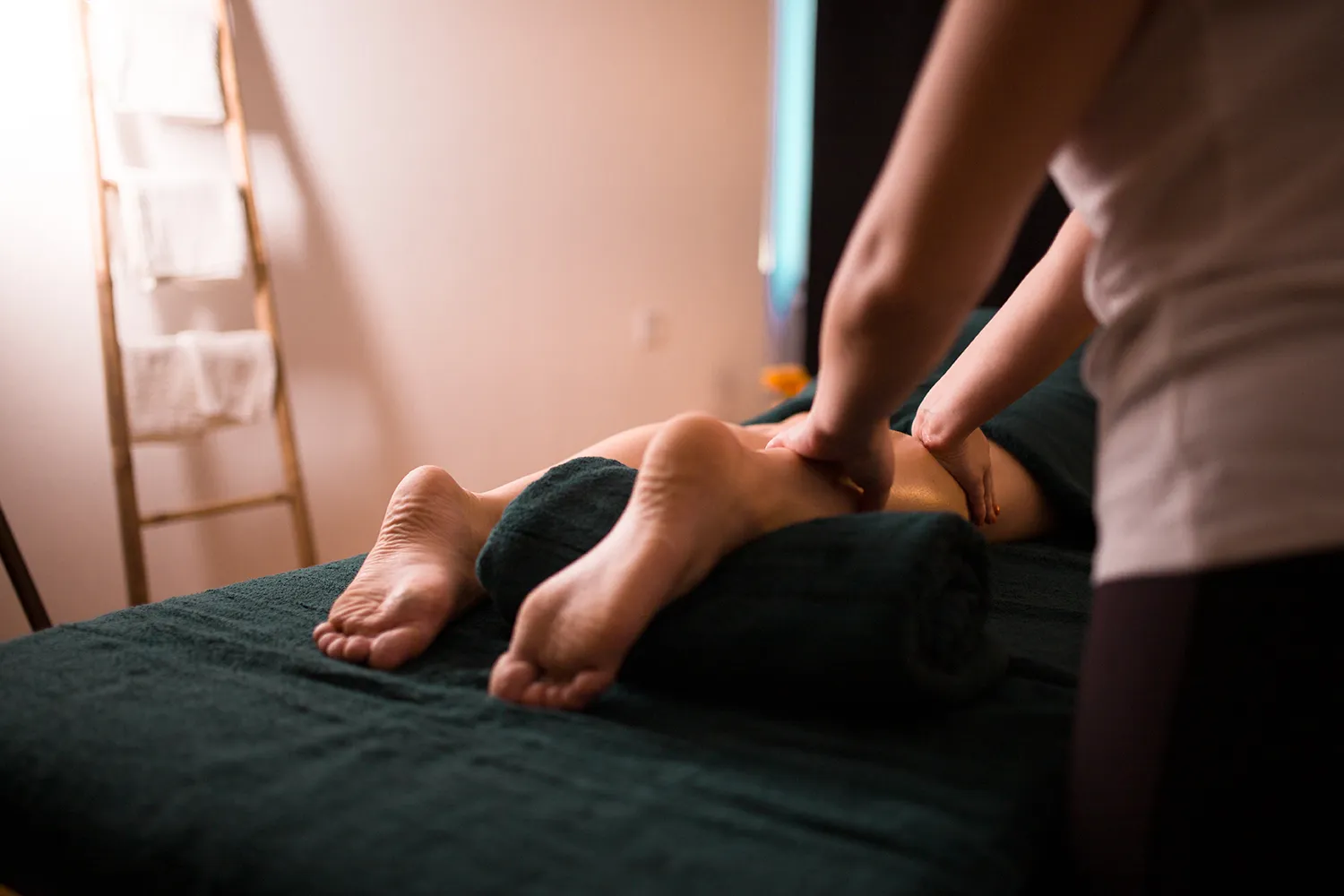A chronic condition/injury, as opposed to acute, is usually one that develops gradually over a long period of time.
Chronic conditions are most often long standing and result from a confluence of causal factors. These factors may include movement compensations from previous injuries, soft tissue adhesions from surgeries, trauma or infection, poor athletic technique, inadequate equipment, overuse and loading of specific bones, tendons, ligaments and muscles. Rarely is the symptom being experienced the primary cause of a chronic condition. Therefore, careful attention and assessment is required to ensure treatments are long lasting.
Common types of Chronic Conditions:
- Visceral
- Neural
- Ligamentous
- Muscular
- Oseus
